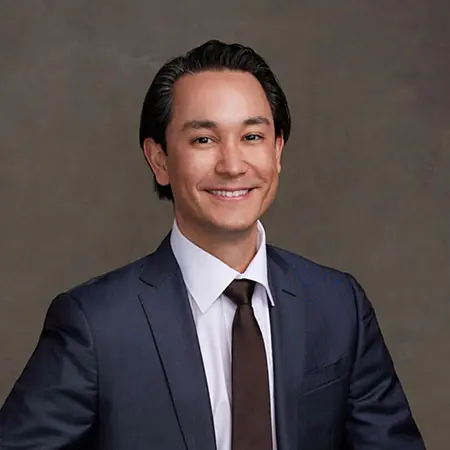November 02, 2011 | Facelift
2 minute read
Answer: Reviewing before and after photos is an important aspect in the process of selecting a qualified surgeon for a facelift and other cosmetic procedures. There are two key areas that you should evaluate when looking at before and after photos. The first is the photography technique and the second is the surgical result. When evaluating the photography technique, it is important that both the before and after photographs were taken at the same camera angles, with similar lighting and consistent head position. Do not be fooled by “tricks” some surgeons use, such as; if the pre-op photo has the head tilted down and the post operative photo has the head tilted up making the result look better than it is, or if the before photo is closer and the after photo further away from the lens making the patient look thinner. A major surgical skill in facelift surgery is to make inconspicuous incisions that only the surgeon and a very observant hairdresser can see, because they are hidden in the hair and not visible. Some doctors will show facelift results where the photograph only shows the improvement in the neck and the face, but you can’t see the incisions because they have the patient’s hair pulled down to cover them. It is important to clearly see the front of the ear and behind the ear in all photos so that you can judge if you will be able to wear your hair up after surgery. The careful surgeon can hide incisions within the hair and will also preserve the hair so there is no loss of normal hair tufts. Please look up this paper — Kridel RWH et al.: Techniques for Creating Inconspicuous Face-lift Scars: Avoiding Visible Incisions and Loss of Temporal Hair in Arch Facial Plast Surg. 2003; July-Aug; 5(4): 325-333 —for more in-depth information about our approach. Also, here is a link to an abstract of the medical journal article: |”Techniques for Creating Inconspicuous Face-lift Scars|”
— Dr. Kridel




